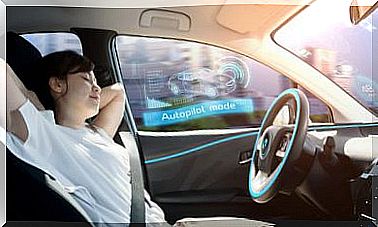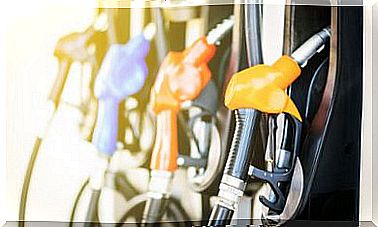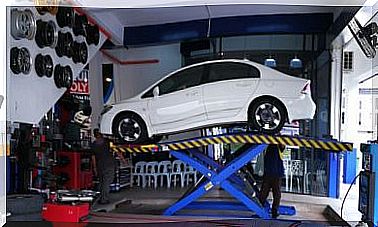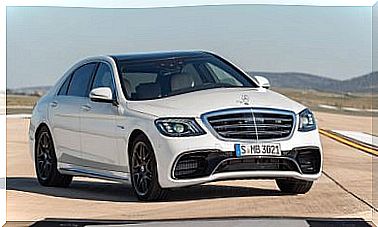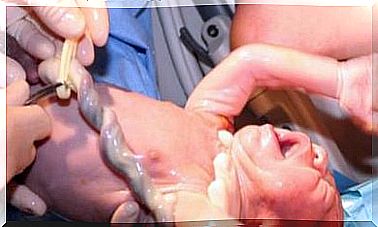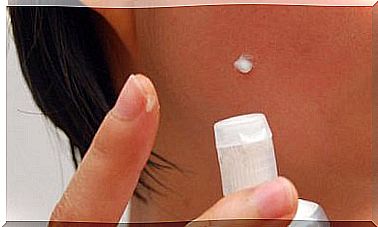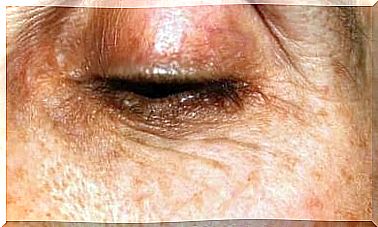How To Homologate Changes In The Car
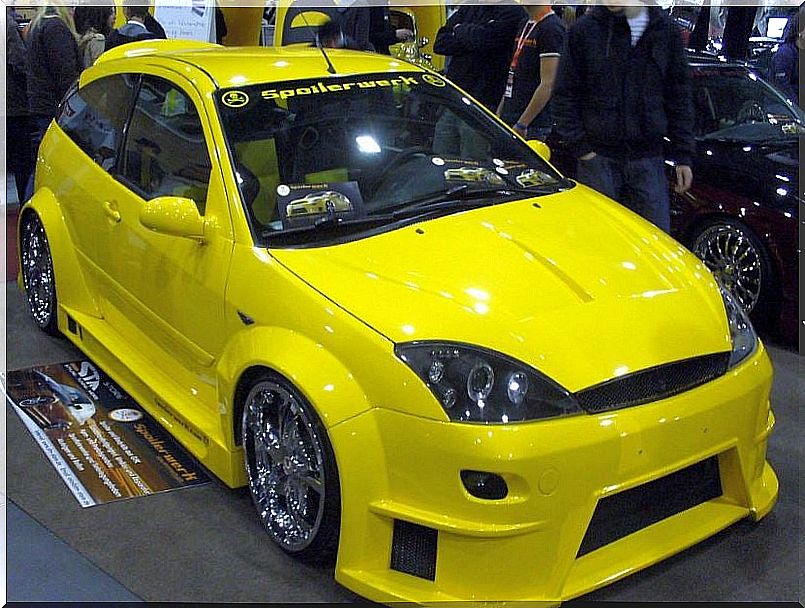
All drivers, at some point, consider making changes to the car. Modifications that can be simple, such as replacing the radio. And some bigger ones too, like installing new shock absorbers or completely replacing the engine.
In practice, when it comes to customizing a car, the limits are not imposed by your imagination or your budget. They are established in current legislation.
Changes that do not require homologation
In general, changes can be made to the car without having to be homologated, if they do not modify the operation or the measurements of the vehicle. Items such as the lever knob or installing a hands-free kit with Bluetooth technology.
The same principle applies to the installation of trims on the rear view mirror housings, as long as they do not obstruct your vision. Also in lighting devices or light signals.
Other reforms within this category are: fixing moldings to the bodywork (with the exception of the bumpers or in the front area of the car), fitting wheel skirts to avoid splashing with mud or water, adding additional mirrors and installing sensors to assist you. park.
Change the body color
It is a frequent doubt among drivers. A new body color, different from the one the car wore when it left the dealership, does not require a homologation process.
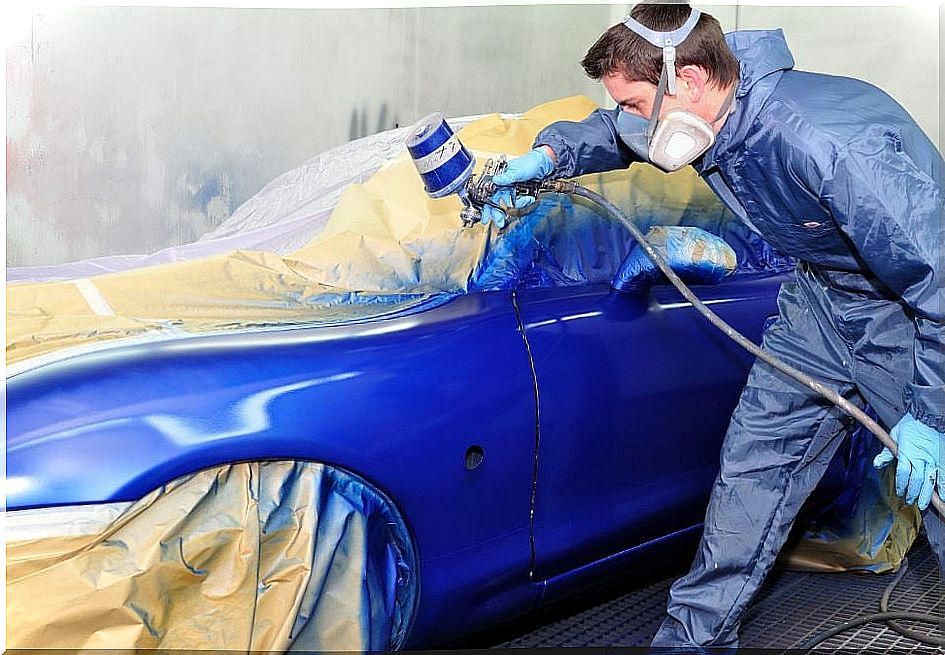
It is an insurmountable requirement in these situations to notify the change to the DGT. The objective is that the new tone is included in the technical sheet of the car.
Fit accessories approved by the manufacturer
The car companies state in the technical sheets of each model, which accessories or additional equipment are factory approved. For example, tires and rims are two of the items that are usually included in this list.
According to this permissibility, it is possible to fit wheels of greater diameter or width than those carried by a certain series vehicle. But provided that the new measures are contemplated within the changes authorized by the manufacturer.
Changes to the car that require homologation
The list of changes that need to be homologated includes items such as the trailer ball. (Its installation or removal must be approved). Similarly, if the car has rims or tires whose measurements are not reflected in the technical sheet .
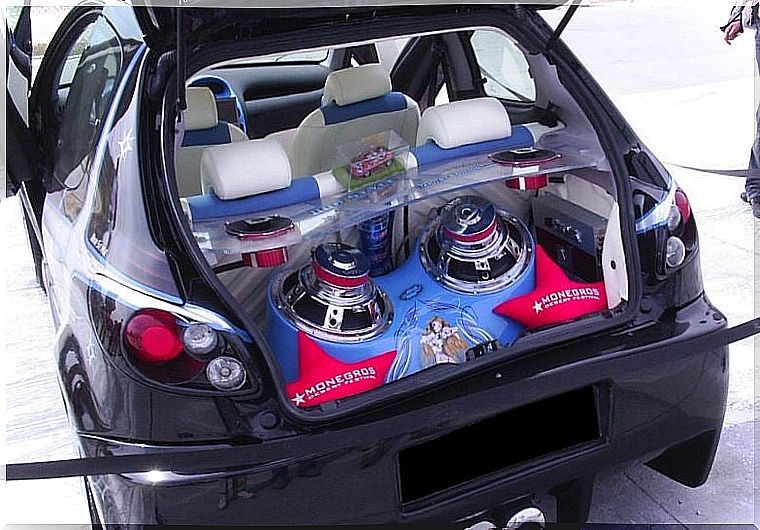
The tinting of the windows is another element that must be notified and whose final installation requires approval. This is an important question for the identification of the driver and his passengers.
The installation of more modern optical systems must also be approved, also the exhausts that modify the sound of the car or that are larger in diameter than the original model . Other changes with homologation are replacing the steering wheel, installing new seat belts or fitting sports seats.
The replacement of the engine is another reform that needs to be endorsed by a Vehicle Technical Inspection point. In these cases, the new machine has to meet some minimum requirements.
For homologation, the car must be a model of the same year or of a more recent manufacture than the replaced unit and generate less pollution. If the mechanical change requires adjustments to the braking or suspension systems, each part must be independently homologated.
Steps to follow
To take the car to the ITV to validate the modifications, you must have a technical project endorsed by the college of engineers. Also with a detailed report issued by the workshop that has undertaken the reforms. Another necessary requirement may be a conformity report, endorsed by an authorized laboratory.
According to the particularities of each job, some additional details will be required. Among these: the technical characteristics of the materials used (weight, screws, stickers, among others). Likewise, the brand of the products or accessories installed must be specified .
In the event that the elements that have been installed in the vehicle are not homologated or are handmade, they must obtain a previous certification.
